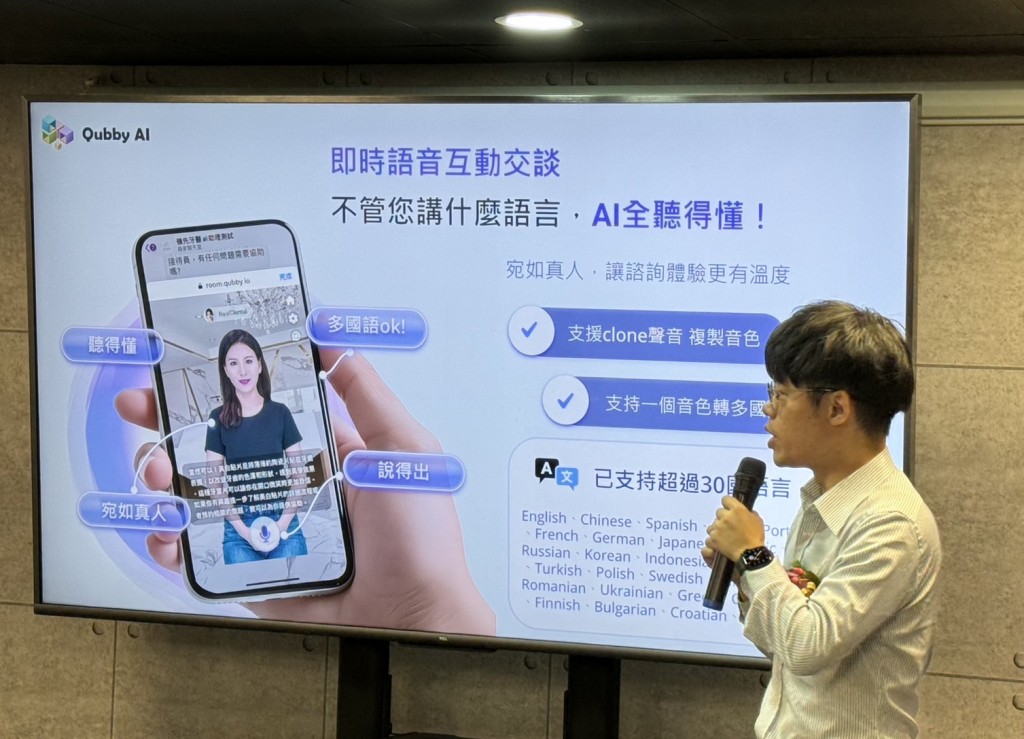Taiwan AI customer service enters Southeast Asian medical market
Osense partners with Mywam to provide its Qubby AI dialogue business platform in SE Asia

Taiwanese technology company Osense on Wednesday (Jan. 24) signed a strategic partnership with MYWAM, Malaysia’s largest provider of software solutions for clinics and medical centers, to promote its Qubby AI dialogue business platform in Southeast Asia.
Specializing in AI and XR, Osense has developed Taiwan’s first virtual anchor, Minxi (敏熙), a 3D AI virtual dialogue business solution, Qubby AI, and the first AI customer service designed for dentists, Qubby AI DentalGPT.
The growth of the medical market offers opportunities for the application of Osense products. These technologies not only reduce clinic operating costs, but also provide flexible payment solutions and subscription services that facilitate clinic adoption, creating a business model for sustainable growth.
The company is interested in expanding into Southeast Asia, which is expected to become the world’s fourth-largest economy with a population of 700 million. Through the partnership, Osense and Mywam expect around 3,000 clinics around Southeast Asia to adopt the Qubby AI dialogue business platform in 2024.
They will also promote Qubby AI DentalGPT, which was developed in collaboration with Osense and Create Trillion Biotechnology.
Joseph Wang (王友光), founder and CEO of Osense, said the cooperation between the two companies represents a significant milestone for Taiwan’s artificial intelligence software technology in the international medical industry.
Dr. Felix Chang (張騰文), chief product officer for Osense, said Qubby AI and DentalGPT have been trained to meet the specific needs of clinics, creating dedicated AI models and databases. These have been integrated into a convenient user guide that supports a variety of platforms such as LINE, Facebook Messenger, WhatsApp, websites, and kiosks.
These tools not only provide accurate and real-time responses to inquiries using a virtual doctor persona, AI voice, and text, but also support 30 languages, with more to come, according to Chang.
Date: 2024-1-25
Source: Taiwan New